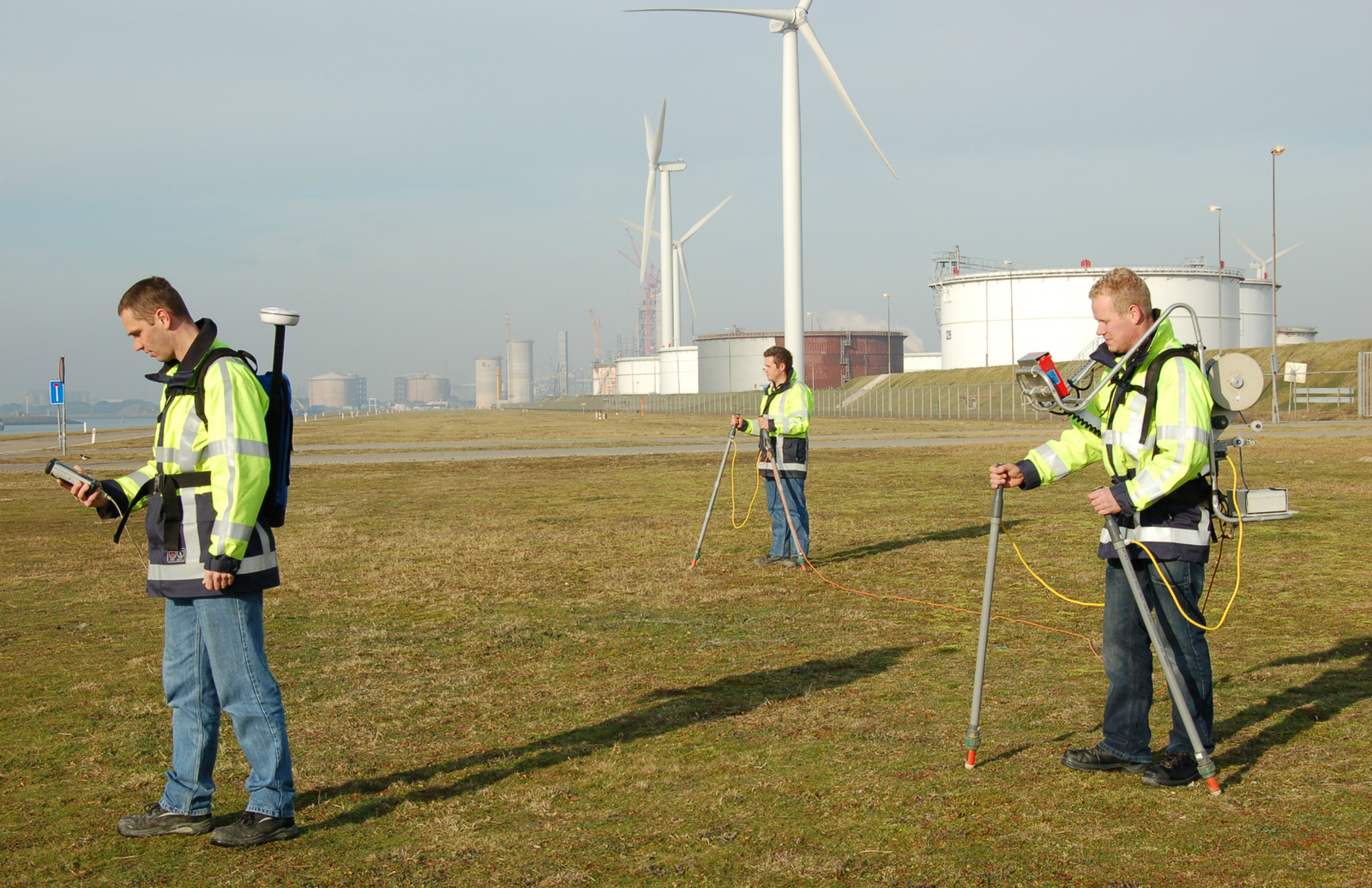Cathodic protection
Line current test
Line current tests are a way to assess the effectiveness of cathodic protection on a specific piece of metal. These tests are conducted by allowing electrons to flow to the metal to observe its reaction.
How does a line current test work?
Line current tests are a method to determine the effectiveness of cathodic protection. This is done by passing a current to the metal and measuring how the current flows through it. If the current flows through the metal correctly, it means that the cathodic protection is effective, and the metal is well-protected against corrosion. If the current flows through the metal incorrectly, it may indicate that the cathodic protection is not effective, and the metal is not adequately protected against corrosion.
Line current test as an inspection
Line current tests are an important part of maintenance and inspection of metal structures such as bridges, pipelines, and oil platforms. They help determine if cathodic protection is working correctly and if there are any issues that need to be addressed to ensure that the metal remains well-protected against corrosion.
Soil resistivity measurements
Soil resistivity measurements are a way to measure how well the earth functions as an electrical conductor. This is done by measuring the electrical current flowing through the earth and measuring its resistance. These measurements are used to determine how well the earth functions as an electrical conductor and to assess if the earth is suitable as an electrical conductor for cathodic protection.
Wall thickness measurements
Corrosion and metal loss often go hand in hand. Through a wall thickness measurement, the remaining value of the metal can be accurately determined. At Merrem & la Porte, we are happy to assist you in conducting a wall thickness measurement.
What is a wall thickness measurement?
A wall thickness measurement in cathodic protection is a method to measure the thickness of metal walls, such as those in an oil or gas pipeline, using the principles of cathodic protection. In a wall thickness measurement, the current strength and potential differences are measured to determine the wall thickness. This measurement is often used to evaluate the condition of old pipelines and to determine if further corrosion is occurring. Once the metal's quality is determined, further corrosion can be prevented using cathodic protection.
Contact us
Need advice on Cathodic Protection? Contact us now!
